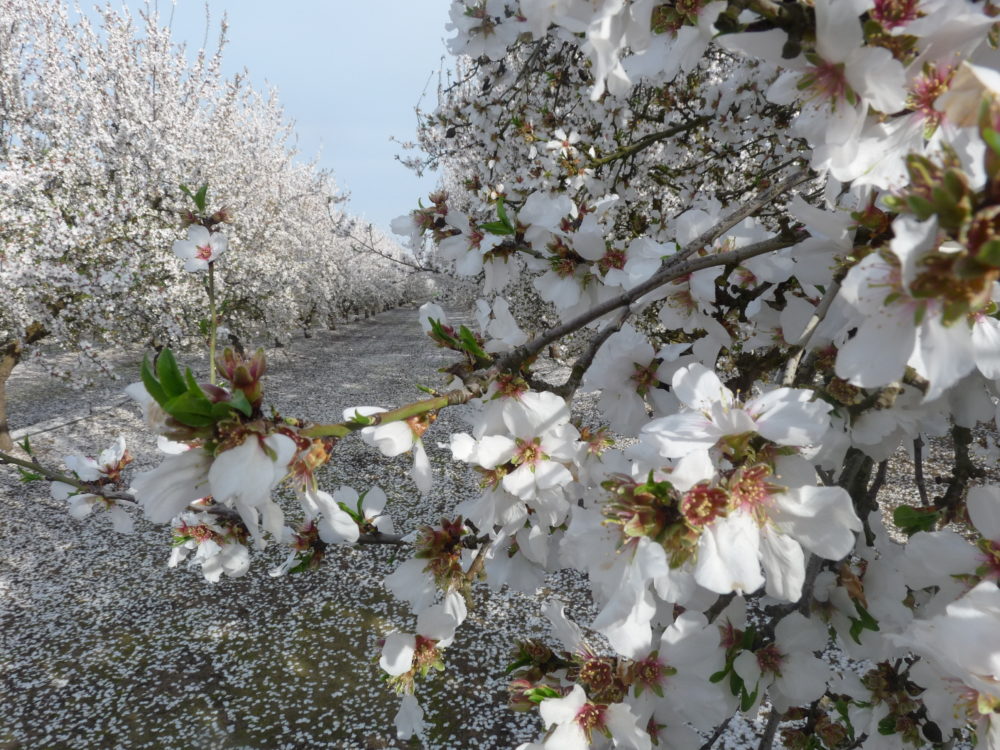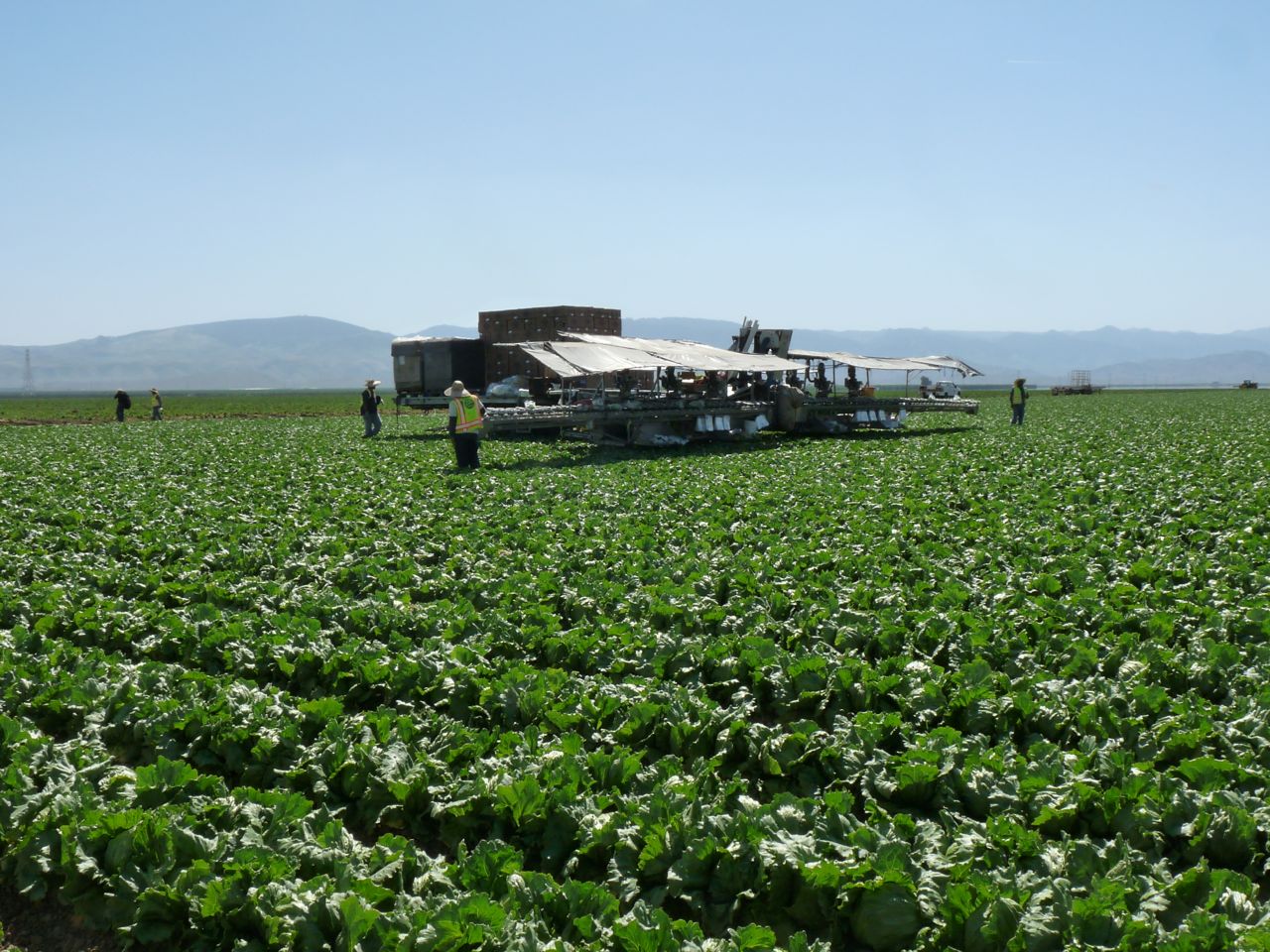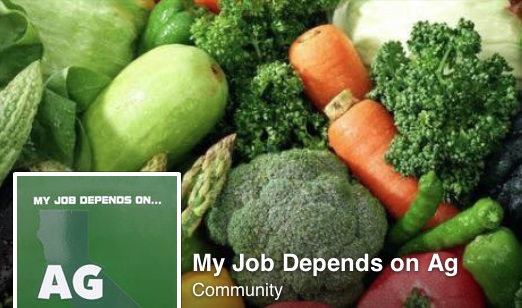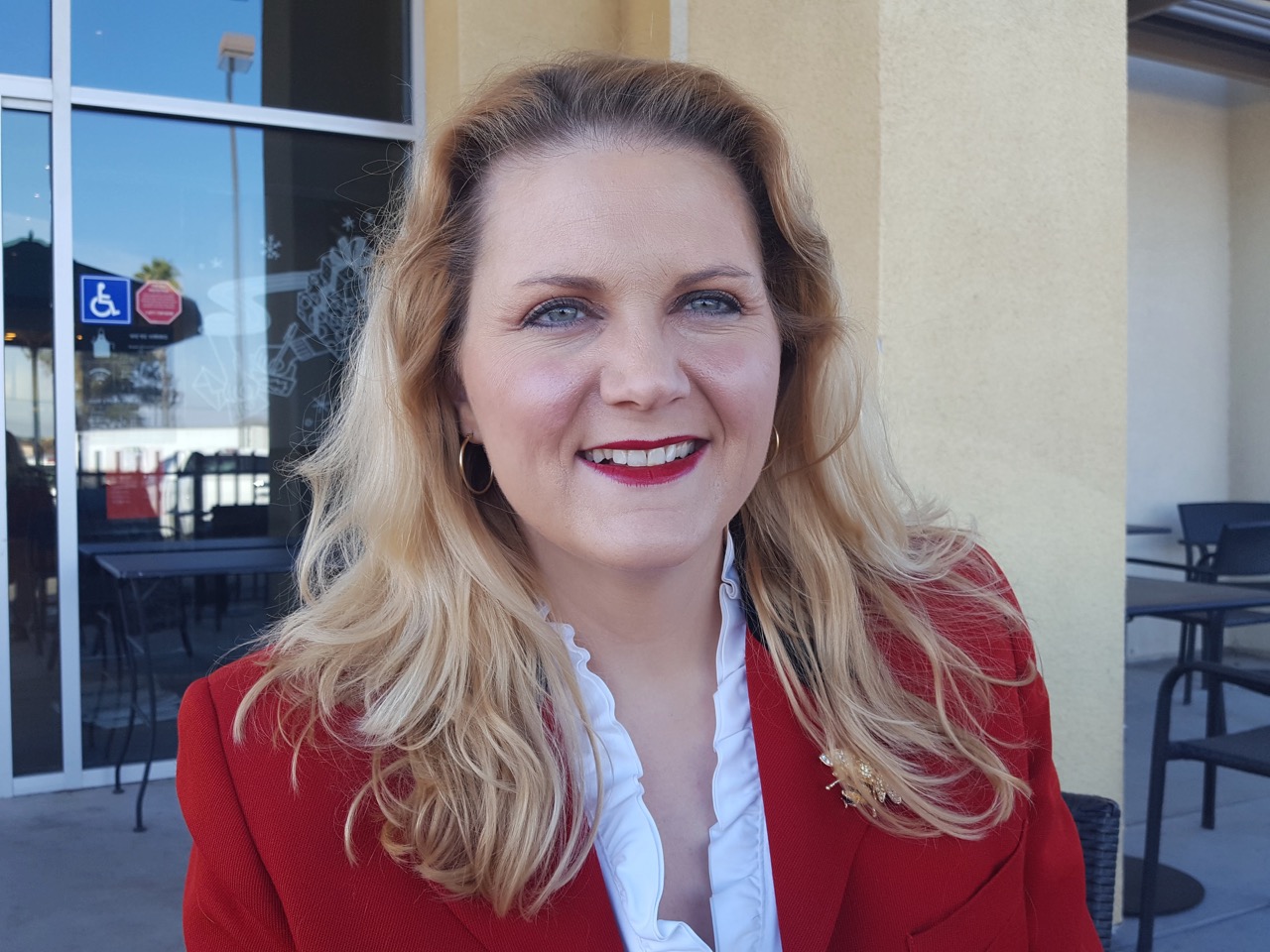ReTain Increases Yields
ReTain Now For Aerial Use in Almonds, To Extend Bloom Time
By Patrick Cavanaugh, Farm News Director
ReTain plant growth regulator from Valent is now registered for aerial use in almonds.
“ReTain was registered for use on almonds this past growing season, and this past winter, California Department of Pesticide Regulation registered it for aerial use, so now it can be applied by air as well as a ground applications,” said Pat Clay, a field development manager with Valent USA.
“It really helps with making a timely application across large acreage. ReTain works best when applied at 30 to 60 percent bloom and being able to go by air allows for more ground to be covered as well as target those applications to that specific bloom time,” he explained.
ReTain extends the viable bloomed time in almonds.
“ReTain reduces ethylene production on the almond flower,” Clay said. “Ethylene is responsible for senescence (aging) of the floral organs, particularly the stigmatic surface. So by applying ReTain, it’s extending the viability of the flower by about a day-and-a-half to two days.”
“With aerial applications, we’ve seen the yield increase greater than 300 pounds per acre on Nonpareil almonds,” Clay said.
Other crops have been using ReTain with great results.
“It has been used in apples for harvest management and cherries for very similar use to what we’re using it for in almonds. It has also been used widely in walnuts for pistillate flower abortion,” Clay explained.



















